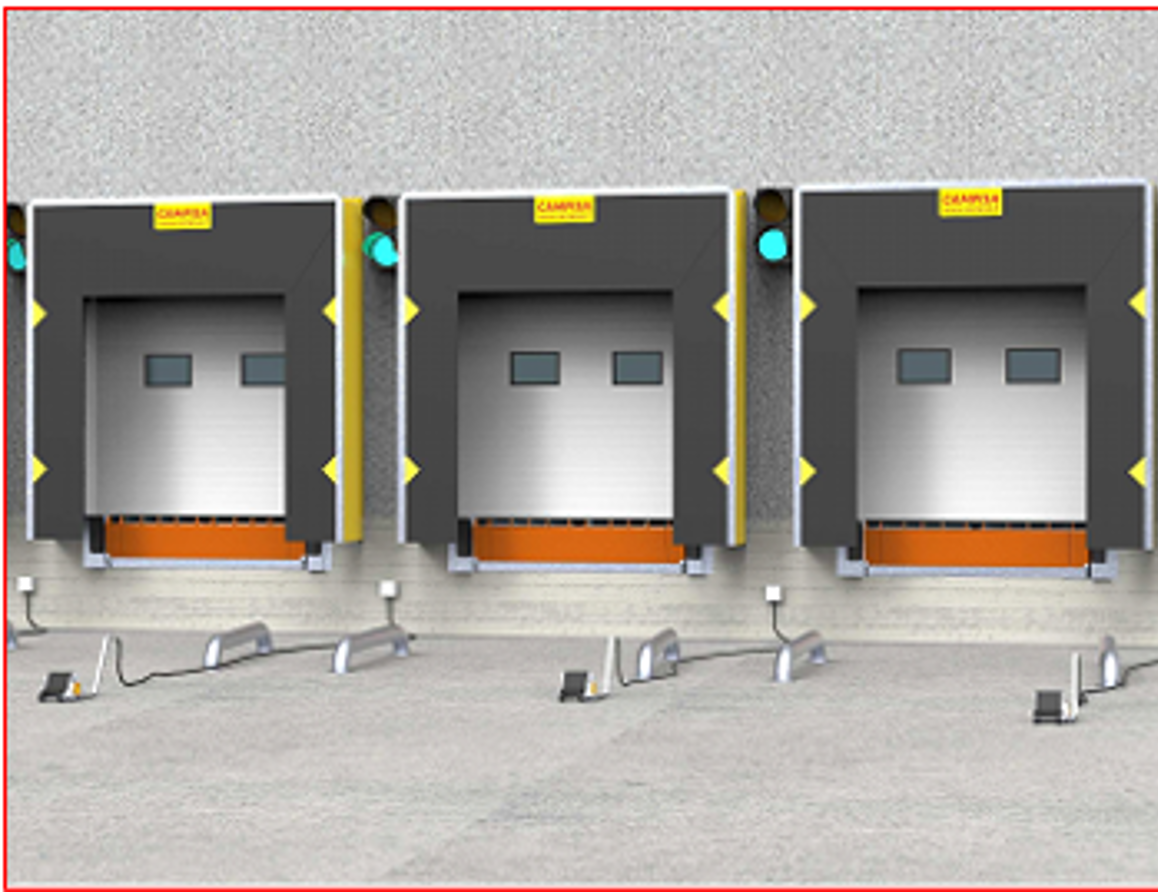
What is ISO 3000?
In the realm of standards and certifications, ISO 3000 stands as a noteworthy mention. However, it’s essential to note that as per the available records and norms established by the International Organization for Standardization (ISO), there isn’t an ISO 3000 standard. The ISO series jumps from ISO 27001, which pertains to information security management systems, to ISO 31000, the international standard for risk management. Therefore, it is pivotal to delve deeper into what is widely recognized and utilized in the domain of risk management – ISO 31000.

ISO 31000 Risk Management Standard
ISO 31000, established by the International Organization for Standardization, provides guidelines and principles for creating a risk management framework and process. This international standard is applicable to any private or community enterprise, association, group, or individual, and is not specific to any industry or sector. It can be used to manage risk related to the development, management, and implementation of any service, project, or function.
Risk Management Vocabulary: ISO Guide 73
ISO Guide 73, “Risk management vocabulary,” complements ISO 31000 by providing a collection of terms and definitions specifically related to the management of risk.
Risk Assessment Techniques: ISO/IEC 31010
ISO/IEC 31010, “Risk management – Risk assessment techniques,” is a supporting standard for ISO 31000 and provides guidance on the selection and application of systematic techniques for risk assessment. This standard assists organizations in understanding and prioritizing risks.

Benefits of ISO 31000 Certification
Embracing ISO 31000 presents a structured approach to risk management that is essential in the current global landscape where organizations, projects, and operations are constantly subjected to an array of risks.
- Enhanced Decision Making: Through a systematic approach to evaluating risks and opportunities.
- Legal & Regulatory Compliance: Aligning processes with international norms and applicable legal frameworks.
- Minimized Losses: Implementing risk management processes that help mitigate potential threats to organizational assets.
- Improved Stakeholder Confidence: Demonstrating a commitment to managing risks in every organizational process.

How to Get Certified to ISO 31000
To achieve certification in ISO 31000, organizations typically navigate through the following steps:
- Understanding the Standard: In-depth comprehension of the principles, guidelines, and requirements of ISO 31000.
- Risk Management System Design & Implementation: Developing and incorporating a risk management system (RMS) that adheres to the standard.
- Internal Audits: Conducting audits to ensure the RMS’s compliance with ISO 31000.
- Certification Audit: Undergoing an audit by an external certification body to validate the effectiveness and compliance of the RMS.
- Continuous Improvement: Employing mechanisms for regular reviews and enhancements of the RMS.

ISO 3000 Risk Management Framework
Although ISO 3000 is not recognized, aligning with ISO 31000, organizations should develop a risk management framework that:
- Is a set of components that provide the foundations and organizational arrangements for designing, implementing, monitoring, reviewing, and continually improving risk management throughout the organization.
- Ensures that information about risk derived from the risk management process is adequately reported and used as a basis for decision-making and accountability at all relevant organizational levels.

ISO 3000 Risk Management System
Again, reverting to the widely-acknowledged ISO 31000, organizations should consider integrating a risk management system that comprehensively addresses:
- Policy and Commitment: Establishing a policy that defines the organization’s approach to managing risk.
- Integration into Governance: Embedding risk management into the governance structure of the organization.
- Implementation Plan: Developing a plan that defines objectives, scope, and timeframe for implementing risk management.
- Performance Monitoring & Improvement: Establishing mechanisms for continuous improvement and enhancing the RMS.
Engage with Hold Fast Industries, your premium provider of accessway equipment, and explore how our decade-long expertise and commitment to quality and innovation can help navigate your organization through the complexities of international standards and risk management. Share your thoughts or get in touch with our experts to embark on a journey toward enhanced risk management and organizational resilience.
Contact Us
Need help from our specialists?
Let’s discuss the best solution for you. Use the form below or don’t hesitate to give us a call on 1800 453 378.